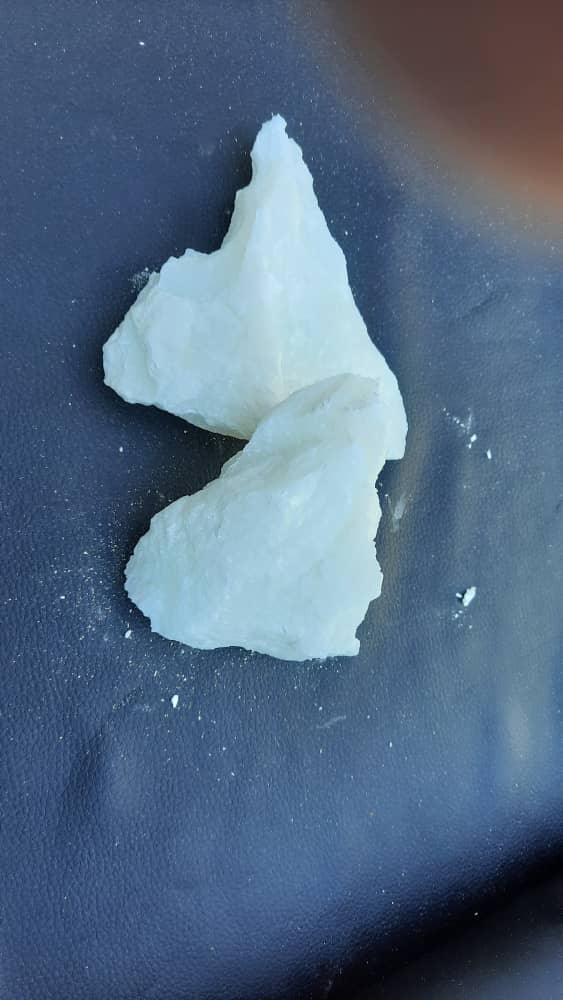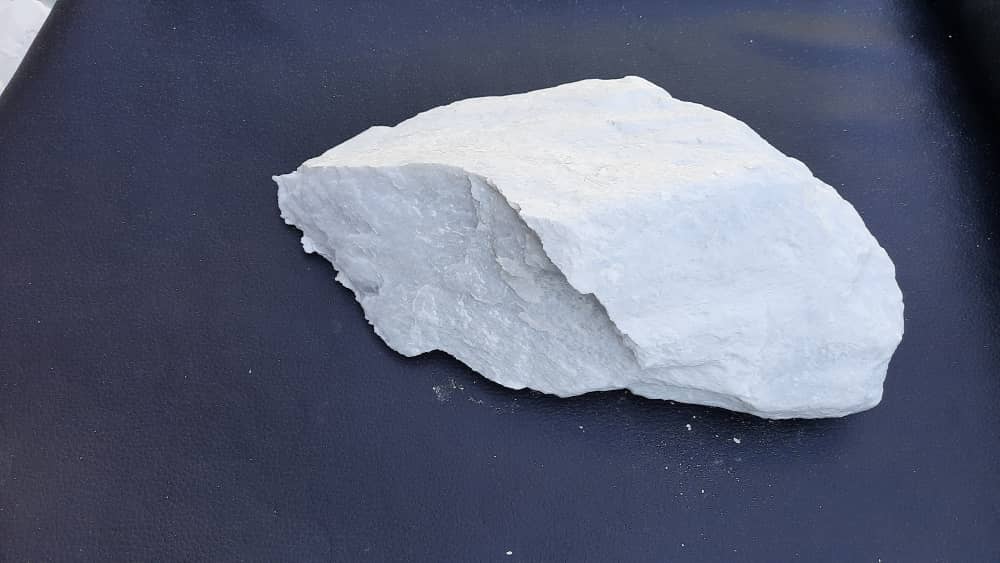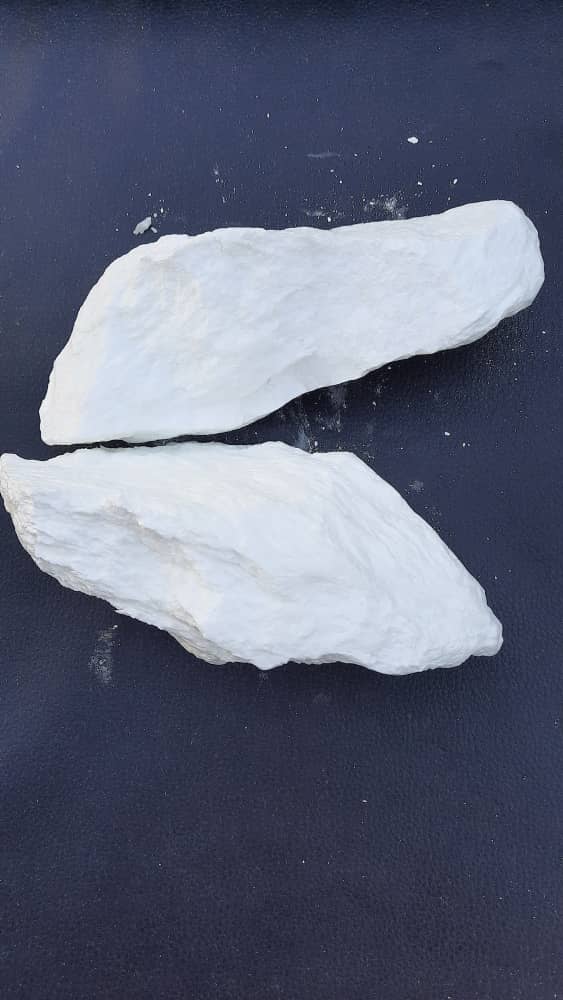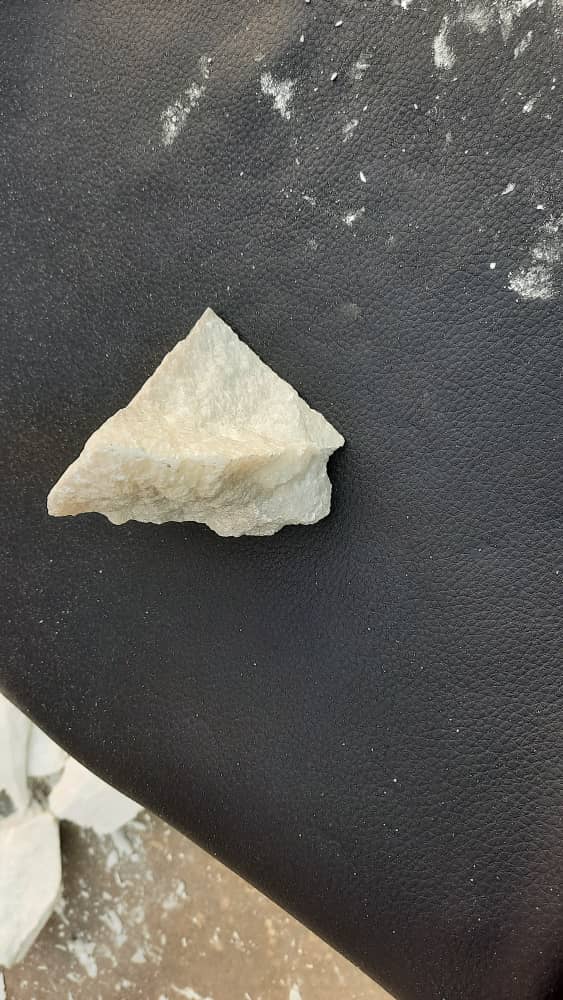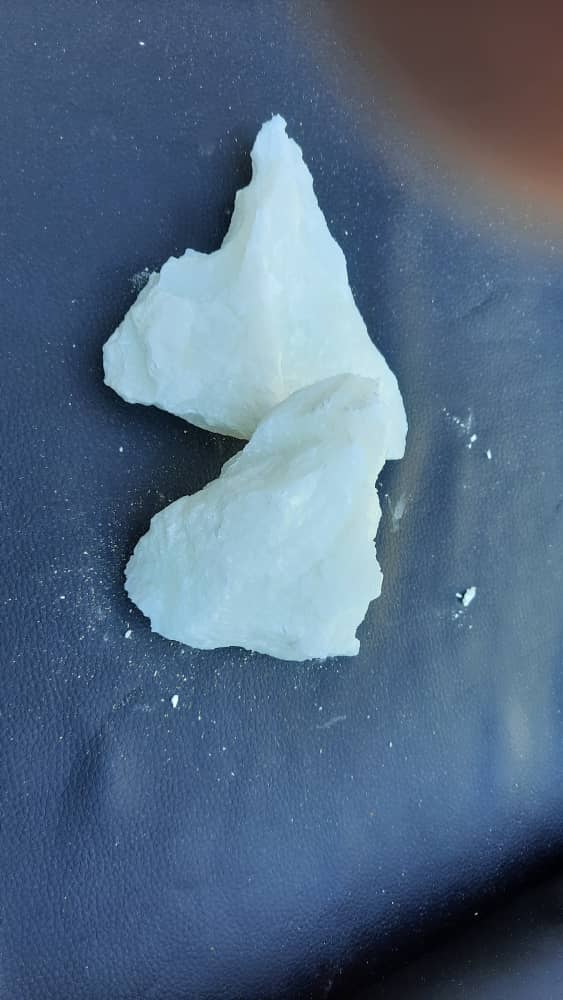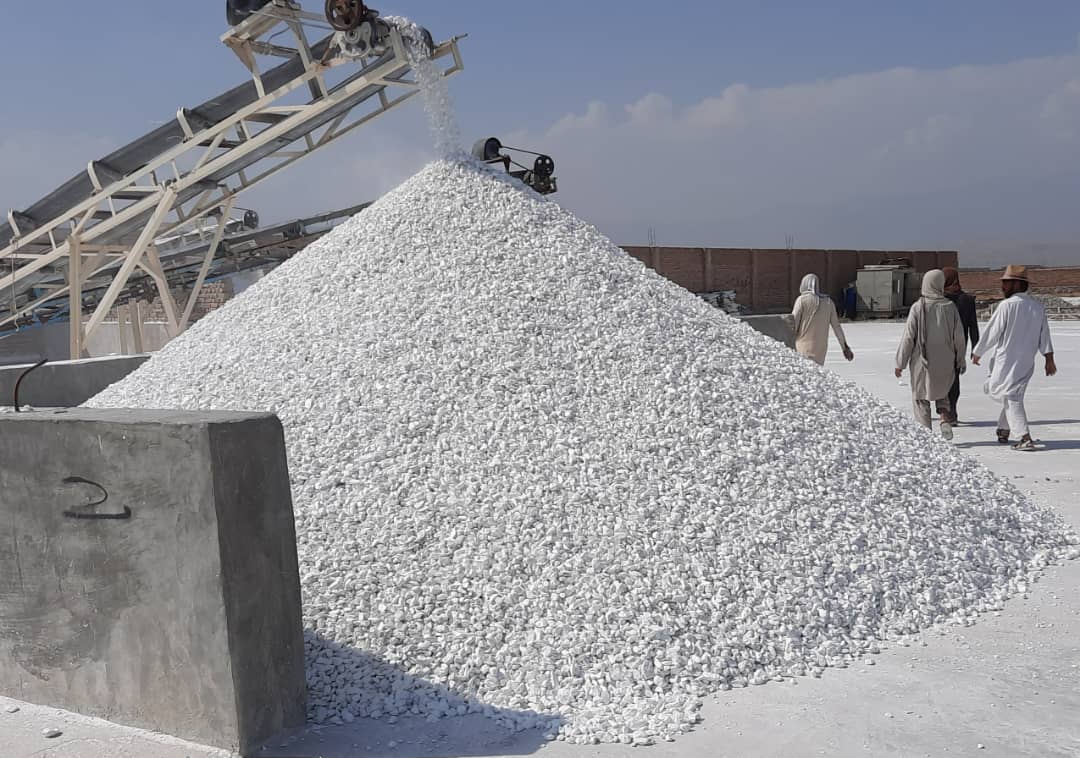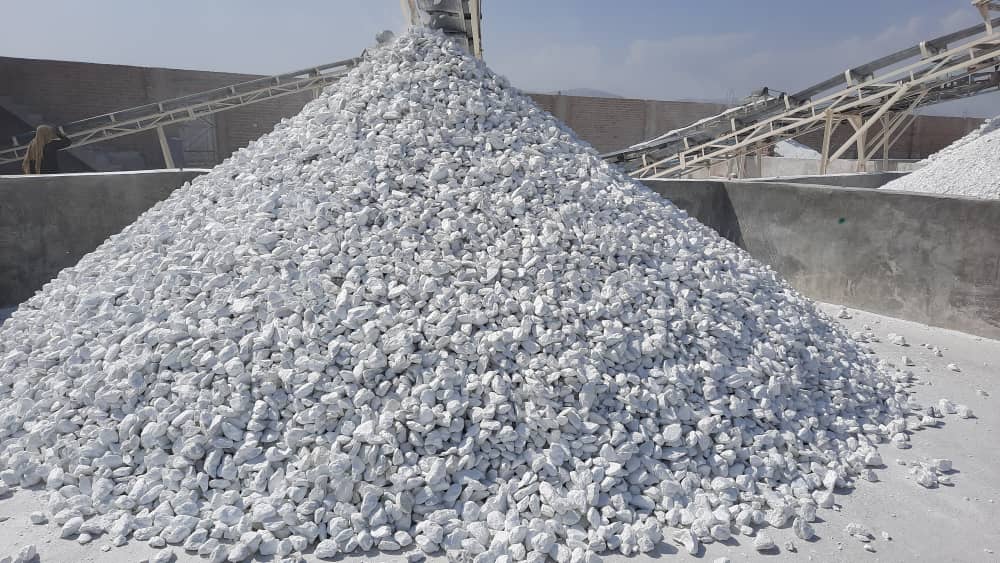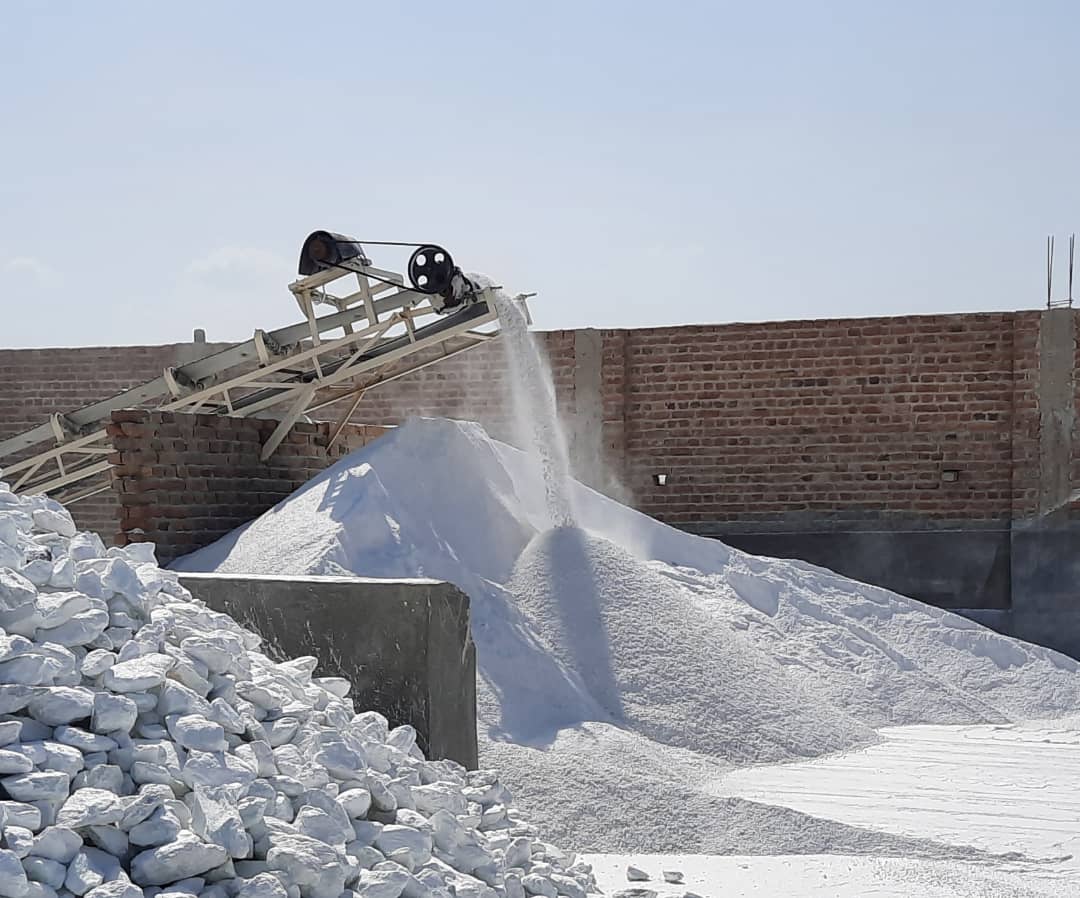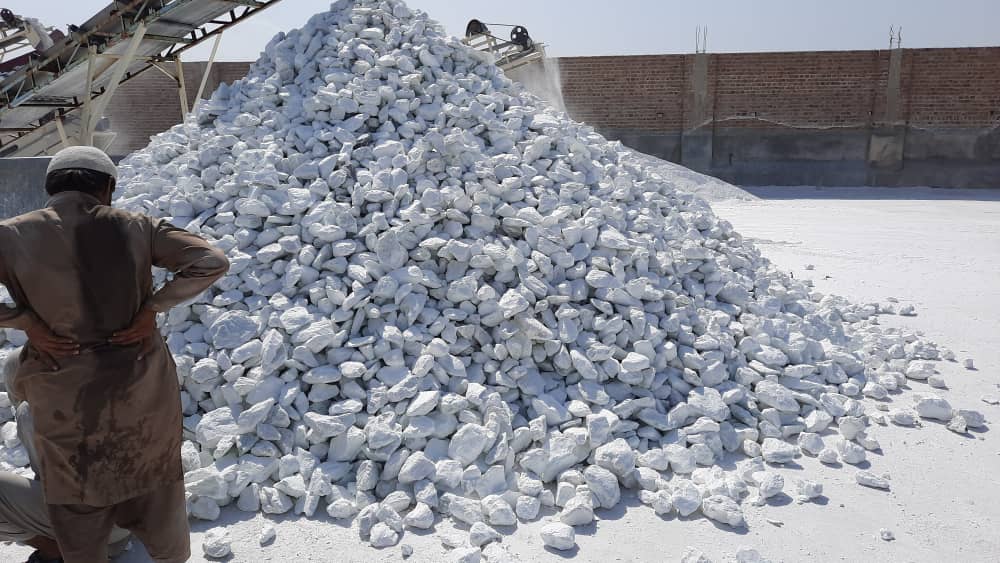
OUR PRODUCTS
CONTACT
+9821 - 22092057
+9821 - 22099131
MINERAL AGENTS
ROYAL STREET TRADING LLC
Address: POBOX: 39756 Dubai U.A.E. Email:farzin@mineralco.net
PRODUCTS
• Chemistry: Mg3Si4O10(OH)2, Magnesium Silicate Hydroxide
• Class: Silicates
• Subclass: phyllosilicates
• Group: Clays and also The Montmorillonite/ Smectite Group.
• Uses: an ornamental and heat, acid and electrically-resistant stone (soapstone) used as counter tops, electrical switchboards, carvings, etc, used as an ingredient in paints, rubber, roofing materials, ceramics and insecticides. Most commonly known as the primary ingredient in talcum powder.
Talc is an important industrial mineral. Its resistance to heat, electricity and acids make it an ideal surface for lab counter tops and electrical switchboards. It is also an important filler material for paints, rubber and insecticides. Even with all these uses, most people only know talc as the primary ingredient in talcum powder. Mineral specimens are not very common as it does not form very large crystals. However, it often replaces other minerals on an atom by atom basis and forms what are called pseudo morphs (false shape). The talc takes the form of the mineral it replaces. A specimen of what looks like milky quartz is quite a surprise when it not only has a soapy feel but can be scratched by a fingernail.
Talc is one of the most important industrial minerals and is the most common mineral for daily use as a body and face powder. Talcum Powder, the name derived from the mineral itself, is used in most urban homes the world over. The invention of perfumed talcum powder has been a contributing factor in the growth of modern fashions in cosmetics. The use of talc was known to civilisations in antiquity. The ancient craftsmen of the Mohenjodaro and Harappa civilisation, (in Sind, now in Pakistan), about 5000 years ago, exercised their skill on steatite, engraving their seals with representations of animals and mythological signs, before subjecting the carving to heat to acquire hard, white lustrous, enamelled surfaces. Small sculptures, ornate bosses and vessels were also made from the mineral during those early times.
Pulverized talc has wide industrial applications as filler in rubber, textile, plastic, linoleum, asbestos products, polishes and soaps; as a loading agent for paper of all kinds; as a carrier of insecticidal and pesticidal dusts and for coating calcium ammonium fertiliser. Most of the rubber manufacturers use talc powder as a lubricant to prevent ungalvanized rubber goods from sticking. The purer variety of steatite after calcination, industrially called 'Lava' is used in the manufacture of law loss ceramic materials required for high frequency insulations in all kinds of radio, television and related instruments. Bricks made out of crushed steatite bonded by sodium silicate are used for ssthe manufacture of furnaces in which argentiferous lead is softened before desilverising. Paper industry accounts for about 50% of the total consumption, in the domestic industry, 15% is shared by the insecticide and pesticide industries and only 3% by talcum powder manufacturers. The remaining quantity is consumed in textile, ceramics, paints, rubber, foundry facing and other industries.
Talc both in pulverized and brick forms, are used in this industry. Pulverized material of 200-300 BSS sieve is required as filler. It is used in the same way as china clay, that is, the talc powder is mixed with pulp before making into paper. A number of paper manufacturers are changing over from the use of china clay to French chalk as filler and loading material. The brightness in talc is 85 to 88º as compared to 75º in china clay. Since 1960, the consumption of talc in the paper industry has greatly increased. Paper industry requires talc powder, known as French chalk, of pure white quality. It should be free from gritty material. It should have law CaCO3 content, not exceeding 4%; also FeO should not be more stha 2%. Off-colour variety of talc free from grit is used for brown, roofing or inferior type of paper. Soapstone bricks are used for lining pulp tanks in the paper industry.
Textile industry also prefers talc powder free from grit and colouration, which is used both for loading and bleaching certain types of cotton goods. Inferior grades are used in back filling textiles.
In the manufacture of body and face powder, finely pulverized talc of very high purity is required. The material is generally reduced to fine particles by micronising. Cosmetics are prepared with a base of talc to which are added covering agents like pigments and adhesives, starches and perfumes. A common adhesive is zinc stearate. It is now being fast substituted by lithium stearate. In the manufacture of dentrifices some quantity of talc is used, here as a polishing agent. Dentrifices are prepared by mixing suitable proportions of polishing agents like talc, precipitated limestone, kaolin, calcium sulphate, calcium phosphate with gum, glycerin, soap and other chemical ingredients.
The pharmaceutical industry requires talc containing less than 0.1% FeO. Natural material of such purity is generally not found and pharmaceutical talc is preferred by passing the high purity powdered talc over a magnetic separator to reduce the iron content.
In rubber industry talc is used for two purposes, one to prevent rubber moulds from sticking and the other as compunding material in the preparation of certain types of hard rubber. The consumption of talc for the latter use is small. Generally grade II to III are used in the rubber industry. Talc should be of fine mesh all passing through 200 mesh.
Talc is increasingly being used in the manufacture of artwares, jars, wall and floor tiles. It serves as a non-plastic ceramic material. The addition of talc in suitable proportions in the body of mixtures for porcelain, jars etc. prevents the crazing (cracking) effect on the glazes. The proportion of talc in the ceramic body may go upto 80%. It is valued for its refractoriness and stability, as well as extremely law shrinkage at high temperature. Talc converts into clino-enstatite at about 1300º C. Between 800ºC to 840ºC, the water molecules are driven off and talc dissociates into enstatite and amorphous silica without undergoing any change in shape, the shrinkage being 0.0005 inch only.
In the manufacture of ceramic goods required for the electrical industry, the talc should not contain more than 1.5% FeO and CaO. Some consumers do not regard CaO as having any harmful effect.
Steatite suitable for the manufacture of 'lava' insulators must he dense, compact, uniform and homogeneous intexture, free from any inclusion and parting planes. It should not contain CaO more than 1.5% and Fe2O3; more than 1%. The iron oxide is a colourant and gives the fired shapes an unattractive colour. An increase of iron oxide above two per cent decreases the 'Q' value (ratio of reactance to resistance) and increases the dielectric constant. CaO imparts abrasiveness and usually a short vitrification range and sometimes a high firing shrinkage.
In this industry, foliated, fibrous or lamellar talc of fine mesh (300 mesh) is preferred. It is used as a paint or an extender in paint industry. Colour, particle size and oil absorption are the main criteria for selecting talc for paint manufacture. Talc suitability for paint should have volatile matter below 0.75%, oil absorption within 5 of the approved sample and solubility not more than 0.25% in water. Asbestine is the trade name given to fibrous talc suitable for paint making.
A fair proportion of medium to inferior grades of talc is used in the manufacture of perticides and insecticides. Talc is used here as a carrier. Talc powder prevents infestation of food grains from insectsand pests and hence it is sprinkled over food grains kept in big godowns. Other uses are for making crayons for marking purposes and for tailors' chalk
